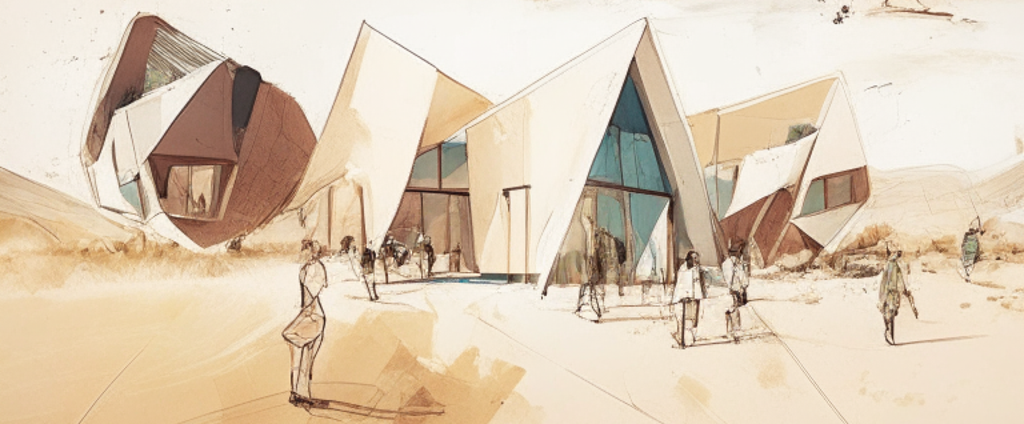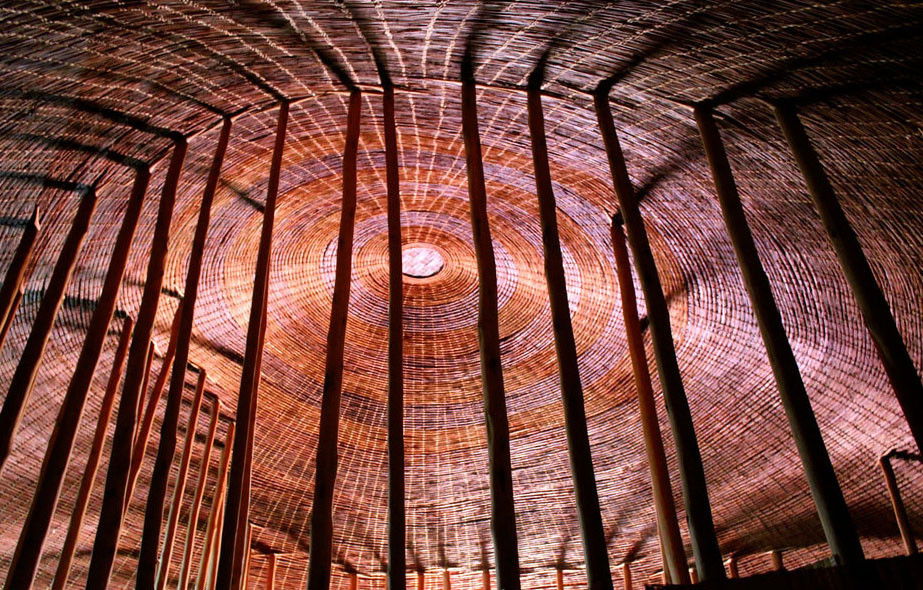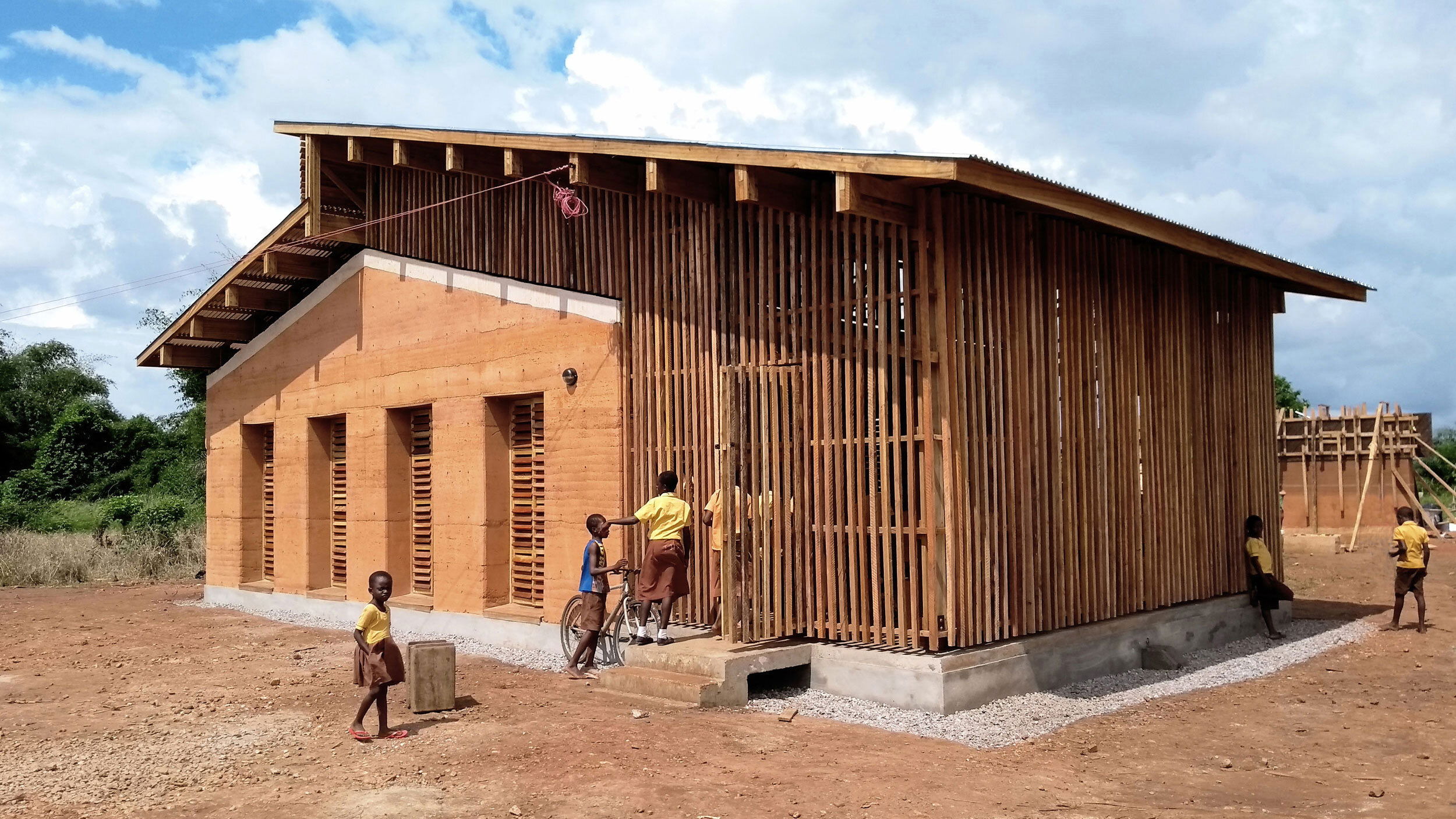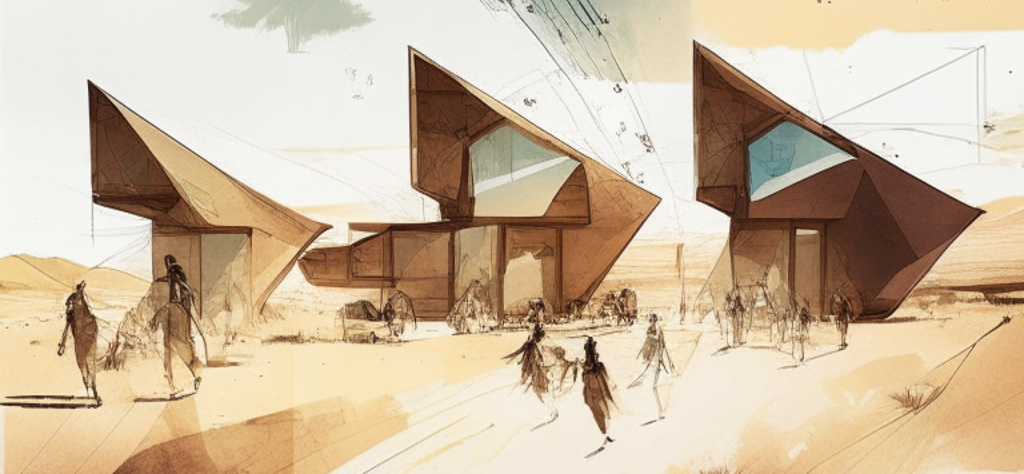Building for the People: The Power of Vernacular Architecture in Creating Sustainable Communities.

Vernacular Architecture

Refers to the traditional architecture of a particular region or community, built using locally available materials and adapted to local climatic conditions and cultural practices. It is often characterized by simple, functional designs that rely on the skills and knowledge of local builders and artisans.
Homegrown Wisdom
One important aspect of vernacular architecture is the use of transferable indigenous practices. These are traditional building techniques and materials that have been passed down from generation to generation within a community, and that have proven to be effective in adapting to local conditions.

Examples of transferable indigenous practices in vernacular architecture might include using adobe or rammed earth as building materials, designing buildings to maximize natural ventilation and shading, or incorporating traditional motifs and symbols into building designs. For example, buildings may feature decorative elements that reflect the natural environment or the community's history and traditions.
By incorporating these elements into affordable housing projects, we can help to maintain a sense of cultural continuity and identity for residents. These practices are often developed over time through trial and error and reflect the accumulated wisdom of a community's experience in building and living in a particular environment.
Relevance & Benefits.
In the context of affordable housing, vernacular architecture can offer several advantages.
First, it can be a more cost-effective way of building homes, since it relies on local materials and labor that are readily available and less expensive than imported materials and skilled labor. This can make housing more accessible to low-income families who might otherwise be priced out of the market.
Second, vernacular architecture can be more sustainable than modern, industrial construction methods. By using local materials, vernacular architecture can reduce the carbon footprint associated with transportation and manufacturing. In addition, vernacular buildings are often designed to be naturally ventilated and shaded, which can reduce energy use for cooling and heating.
Third, vernacular architecture can help to preserve local cultural heritage and identity. By using traditional building techniques and styles, vernacular architecture can reinforce the connection between people and their environment, and help to maintain a sense of community and place.
To achieve these benefits, affordable housing projects using vernacular architecture will need to involve local artisans and builders who have the skills and knowledge to work with local materials and techniques. They will also need to be designed and built with input from the local community through Culture-centered design practices, to ensure that they reflect the cultural values and needs of the people who will live in and around them.
Preserving the past, Building the future.

Preserving cultural heritage through affordable housing is not only important for maintaining a community's sense of identity and history, but it can also have economic benefits. Cultural heritage can be a major draw for tourism supporting local economies by affording communities jobs and generating income.
The use of locally available building materials and vernacular architecture in affordable housing could play a critical role in preserving cultural heritage, while also providing sustainable and affordable housing options for low-income families if adopted widely. By tapping into the knowledge and skills of local builders and artisans, and designing buildings that reflect local cultural values and practices, we can create homes that are not only functional and cost-effective, but also deeply rooted in the cultural identity of their communities.
#affordablehousing #sustainability #culturalpreservation #localbuildingmaterials #vernaculararchitecture
